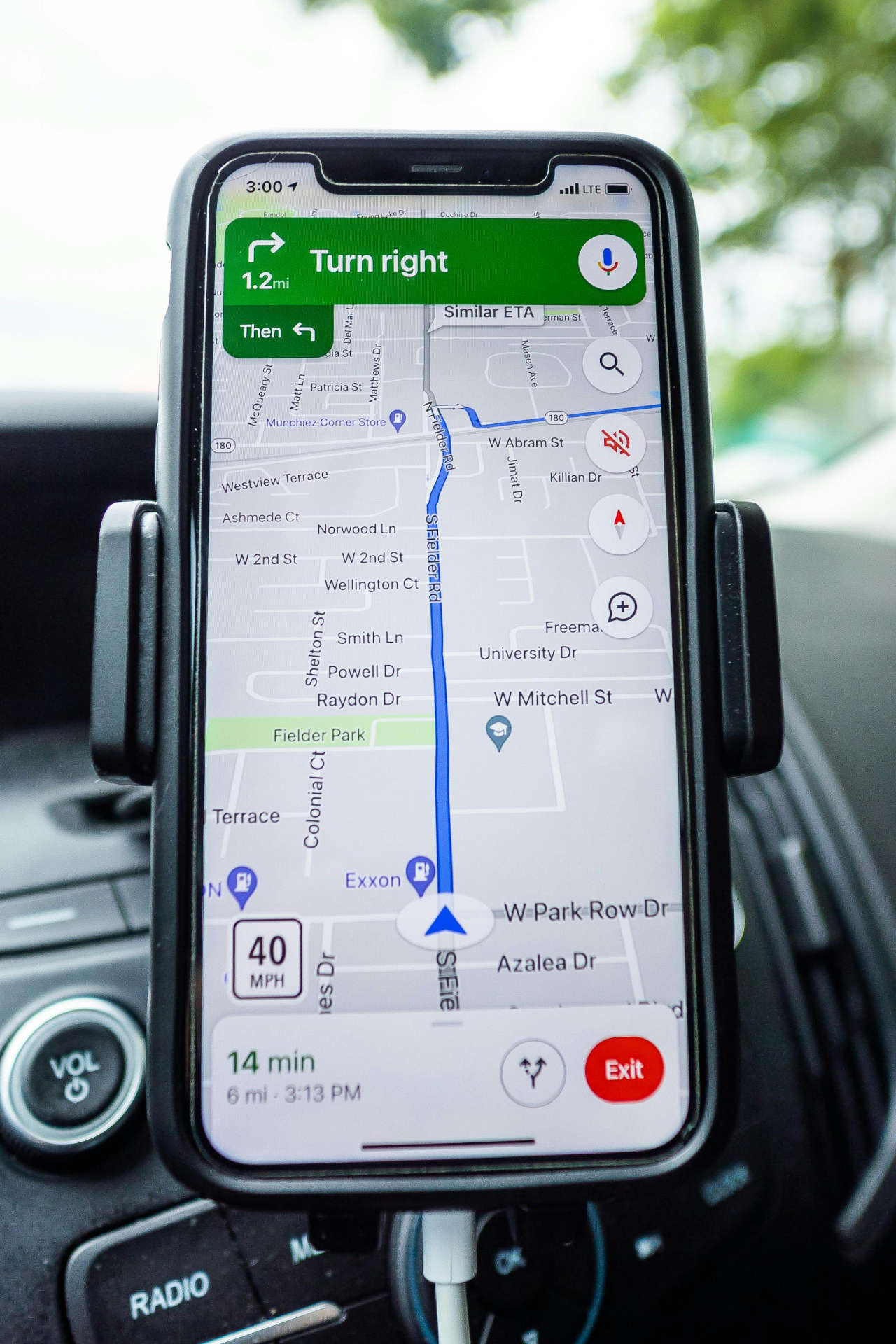BLOG
What is User Experience, Why It’s Important and How to Improve It
Understanding and Optimizing User Experience
Posted on October 31, 2024, by Peter Loomis
Introduction
When it comes to websites and apps, first impressions mean everything. In fact, research shows that 88% of online consumers are less likely to return to a site after a bad experience. This is the essence of User Experience (UX) — a concept that’s grown from an afterthought to a critical piece of any successful digital product. Let’s dive into what UX really is, why it matters so much, and some practical tips to help improve your own.
1. Defining User Experience (UX)
So, what exactly is User Experience? UX refers to the overall interaction someone has with a product, whether it’s a website, app, or even a physical space. It’s not just about design; it’s about creating a seamless journey that feels intuitive, enjoyable, and meaningful for the user. The roots of UX go way back to early human-centered design principles, but it really started gaining traction in digital design, evolving from a focus on usability to a broader discipline that prioritizes user satisfaction and efficiency.
2. Why User Experience Matters
UX isn’t just about making something look good — it’s about driving results. Here’s why UX is so impactful:
- First Impressions: You never get a second chance to make a first impression, and your UX can make or break it. When users find a site easy to navigate and visually appealing, they’re far more likely to stay engaged.
- Customer Loyalty and Retention: Good UX encourages people to return. When users feel satisfied with their experience, they’re more likely to keep coming back, creating loyal customers who trust your brand.
- Impact on Revenue: UX improvements can directly impact your bottom line. Studies show that an optimized UX design can increase conversion rates by as much as 200%. It’s simple — the easier you make it for users to find what they need, the more likely they are to complete a purchase or other desired action.
- Pain Points: What challenges or frustrations do they face?
- SEO and Brand Perception: Search engines prioritize websites with good UX. Google, for example, ranks sites based on factors like load speed, mobile-friendliness, and bounce rate — all indicators of a quality user experience. So, a good UX doesn’t just keep your users happy; it also improves your online visibility.

Good UX converts to loyal customers who trust your brand
3. How to Improve Your User Experience
Enhancing user experience doesn’t require major overhauls. Here are some focused, actionable steps to improve UX on your website or app:
- Understand Your Audience: Start by gaining a deep understanding of your users — their goals, needs, and pain points. Conduct surveys, user testing, and gather feedback to uncover what they value most.
- Simplify Navigation: Keep your site structure intuitive. Ensure that menus are clear, logical, and accessible, so users can find what they need without confusion or frustration.
- Optimize Load Times: Users quickly lose interest if a page takes too long to load. Aim for load times under three seconds by optimizing images, reducing redirects, and prioritizing above-the-fold content.
- Focus on Mobile Experience: With the majority of web traffic now on mobile devices, ensure your site or app is fully responsive. This means adjusting for different screen sizes, touch-friendly buttons, and mobile-optimized images.
- Incorporate Visual Hierarchy: Guide users’ attention using size, color, contrast, and positioning to emphasize key elements. A clear visual hierarchy makes content more accessible and engaging.
- Gather and Apply Feedback: UX is an ongoing process. Regularly collect user feedback through forms, analytics, and direct observation, then apply insights to refine and improve the user experience.

Focus on a mobile first or responsive UX













